Table of Contents
- Why Use a Lathe Steady Rest?
- When to Replace Steady Rests?
- Contact LeBlond to Replace Your Lathe Steady Rest
- What Are the Main Components of a Steady Rest?
- How to Use a Steady Rest Effectively?
- How to Use the Steady Rest for Specific Operations?
- What Type of Oil Does a Steady Rest Use?
- Need a Steady Rest for Your LeBlond?
- KEY TAKEAWAYS
TL;DR
The primary purpose of a lathe steady rest is to support and stabilize long and slender workpieces while they are being turned or machined. In this blog post, we discuss the importance of lathe steady rests and how to maintain and use them for specific operations.
Why Use a Lathe Steady Rest?
Here are some key reasons to use a lathe steady rest:
Minimizes Vibration
Long, slender workpieces that produce vibration can lead to poor surface finishes, dimensional inaccuracies and even tool chatter.
A steady rest helps minimize these vibrations by providing additional support, resulting in more effective machining.
Improved Surface Finish
This benefit is especially crucial when precision and aesthetics are important.
Enhanced Dimensional Accuracy
The steady rest ensures that the workpiece remains concentric with the lathe’s spindle axis.
This is critical for maintaining dimensional accuracy, particularly when tight tolerances are required.
Reduces Tool Wear
When workpieces vibrate or flex excessively, cutting tools can wear out more quickly due to the additional forces and irregularities in cutting.
A steady rest helps extend tool life by providing a stable cutting environment.
Safety
Long workpieces that are not properly supported can whip or bend during machining, posing a safety hazard to the operator.
The use of a steady rest enhances safety by preventing workpiece movement and potential accidents.
Versatility
Steady rests come in various designs, including fixed, traveling and retractable types.
This versatility allows machinists to choose the most suitable type for their specific machining needs and workpiece geometries.
Supports Longer Workpieces
Steady rests are especially valuable when machining extremely long workpieces that would be difficult or impossible to handle without additional support.
They allow for the machining of workpieces that extend well beyond the lathe’s chuck or spindle length.
When to Replace Steady Rests?
Normally, you never have to replace the steady rest.
It takes a long time for them to wear out if installed properly.
In most cases, you just have to replace the screws, brass tips, and the bearings.
However, steady rests that are used frequently may wear out faster. Consider the workload and usage patterns of your steady rests when evaluating their condition.
If you notice excessive play (movement or wobbling) in the steady rest, it may be a sign that it needs maintenance or replacement.
Start by regularly inspecting your steady rests for signs of wear, damage or excessive play.
Look for any of the following issues:
- Cracks or fractures in the casting or frame.
- Excessive wear on contact surfaces or rollers.
- Loose or damaged fasteners, such as bolts or screws.
- Worn-out or damaged bearings or bushings.
- Any other visible signs of wear, deformation or deterioration.
Regular inspections are key to identifying issues with steady rests.
If wear or damage is detected, addressing it promptly can help extend the life of the steady rest and ensure safety.
Ultimately, the decision to replace a steady rest should be based on its condition and how it affects the quality and safety of your machining processes.
Contact LeBlond to Replace Your Lathe Steady Rest
LeBlond’s quality steady rests are designed for excellence in supporting long and slender workpieces. Contact a Customer Service Representative for more details on how our steady rests can elevate your machining processes.
Call +1 (888) 532-5663 and dial Option 1 or fill out THIS FORM.
What Are the Main Components of a Steady Rest?

The lathe steady rest consists of several parts designed to grip and support the workpiece, ensuring accuracy and safety.
Here are the main components of a lathe steady rest:
The base or body is the main framework that attaches to the lathe’s bed. It provides stability and houses the other components.
Three adjustable fingers (jaws) are the parts that come into contact with the workpiece and hold it in place. Steady rest fingers can be tightened or loosened using screws or clamps.
The bearings (roller-type steady rest) reduce friction and enable smooth rotation of the fingers as the workpiece turns. They are typically placed between the fingers and the workpiece to prevent damage.
The clamping mechanism is used to secure the fingers in position once they are adjusted to the desired diameter of the workpiece.
The body movement control helps align the steady rest with the workpiece, especially when machining tapered or irregularly shaped parts.
The mounting hardware, such as block, bolt and nut, is used to attach the steady rest securely to the lathe’s bed.
These are the primary components of a lathe steady rest. The specific design and features of steady rests may vary depending on the manufacturer and the intended application.
How to Use a Lathe Steady Rest Effectively?
The steady rest or the center rest serves a crucial role in providing support for long and slender shafts or the outer ends of shafts and spindles during various machining operations like drilling, facing and boring.
To employ the steady rest effectively, follow these steps:
- Begin by clamping the open steady rest securely onto the lathe’s bed.
- Next, position the workpiece onto the lathe.
- Close the top portion of the steady rest and ensure it’s locked securely in place.
- Adjust the jaws of the steady rest to touch the workpiece’s surface gently. The workpiece must be round and smooth at the point of contact.
- Exercise caution during the adjustment process. All three jaws should make light contact with the workpiece. If one of the jaws is pushed in too far, it could deform the workpiece, leading to inaccurate machining.
- Verify that the workpiece rotates freely within the steady rest.
- Before starting the lathe, lubricate both the jaws of the steady rest and the workpiece.
How to Use the Steady Rest for Specific Operations?
For these operations like drilling, boring and similar tasks, one end of the workpiece can be secured in the lathe chuck.
However, for precision work, many machinists prefer to mount the left end of the workpiece on the headstock center.
To achieve this:
- Loosen the face plate by unscrewing it several turns.
- Attach a lathe dog to the workpiece and secure it firmly.
- Tie the workpiece securely to the face plate using a strong rawhide belt and lacing.
- Finally, screw the face plate back onto the lathe spindle. This action tightens the lacing, firmly holding the workpiece against the center point for precise machining.
By following these procedures and utilizing a steady rest, machinists can ensure the stability and accuracy of their work when dealing with long, slender or delicate workpieces.
What Type of Oil Does a Steady Rest Use?
The type of oil used in a steady rest can vary, but way oil is commonly used for lubrication.
Way oil is often preferred because it provides good lubrication properties and helps prevent wear and friction in the sliding and rotating parts of the steady rest.
Some steady rests have integrated oil reservoirs and lubrication systems while others may require manual oil application to specific points.
Always follow the manufacturer’s recommendations and guidelines for oil selection and maintenance to ensure the proper functioning and longevity of your steady rest and to maintain the accuracy and safety of your machining operations.
Need a Steady Rest for Your LeBlond?
Steady rests are versatile accessories that can be adapted for use with different types of lathes and workpiece materials.
The specific size and design of the steady rest can vary based on the lathe type and the nature of the work being performed.
If you need a steady rest for your vintage LeBlond or more recent RKL model, contact a LeBlond Customer Service Representative for more details. Fill out THIS FORM or call +1 (888) 532-5663 and select Option 1.
💡 KEY TAKEAWAYS
- The primary purpose of a lathe steady rest is to support and stabilize long and slender workpieces while they are being turned or machined.
- In most cases, you never have to replace the steady rest and just have to replace the screws and the bearings. However, regular inspections are key to identifying issues and maintaining safety.
- Way oil is often preferred because it provides good lubrication properties and helps prevent wear and friction in the sliding and rotating parts of the steady rest.

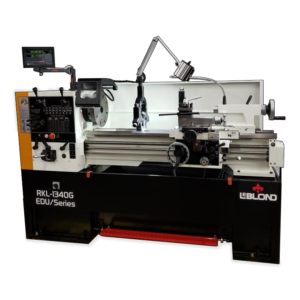
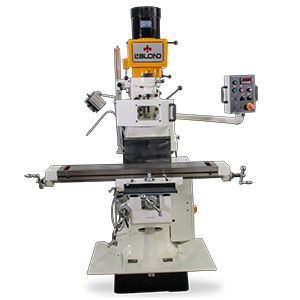
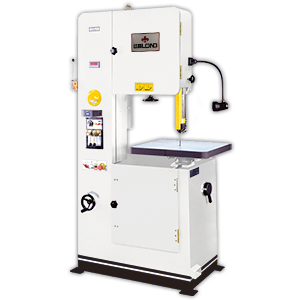
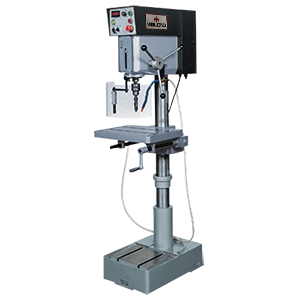
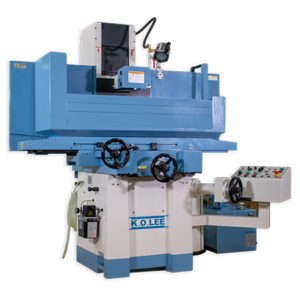
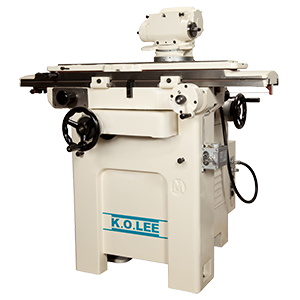


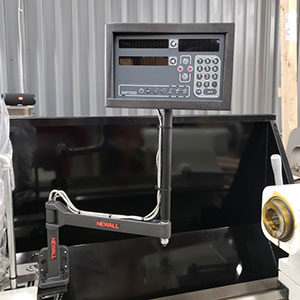
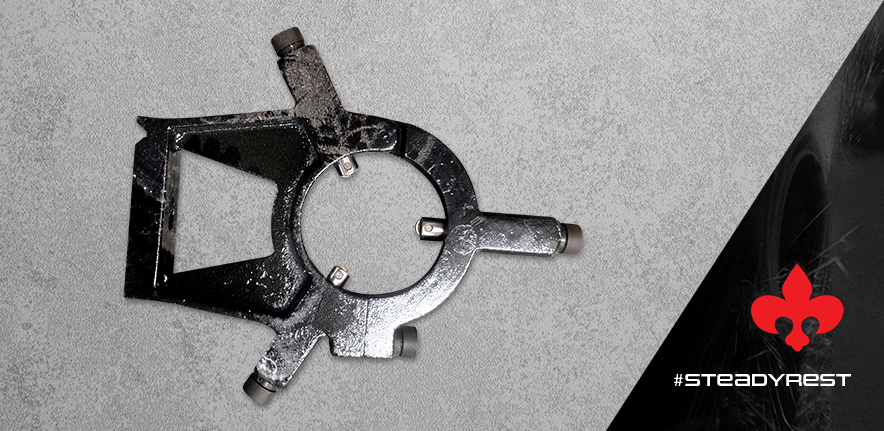
Do you have a used steady rest for a 1949 13″ Regal lathe?
What is the cost?
Shipping cost to zip 94542?
Thanks.
Thanks Chris for your query. Someone will reach out to you. For immediate service, call us at 888-532-5663 Option 1.
You can tell when a bearing is going bad when your surface finish is no longer smooth. It will look and feel like fine threads. And don’t get the cheaper bearings. The ones with the bevel edges are much better. But good grief are they expensive.
Got it, Brad. Thanks for your feedback.